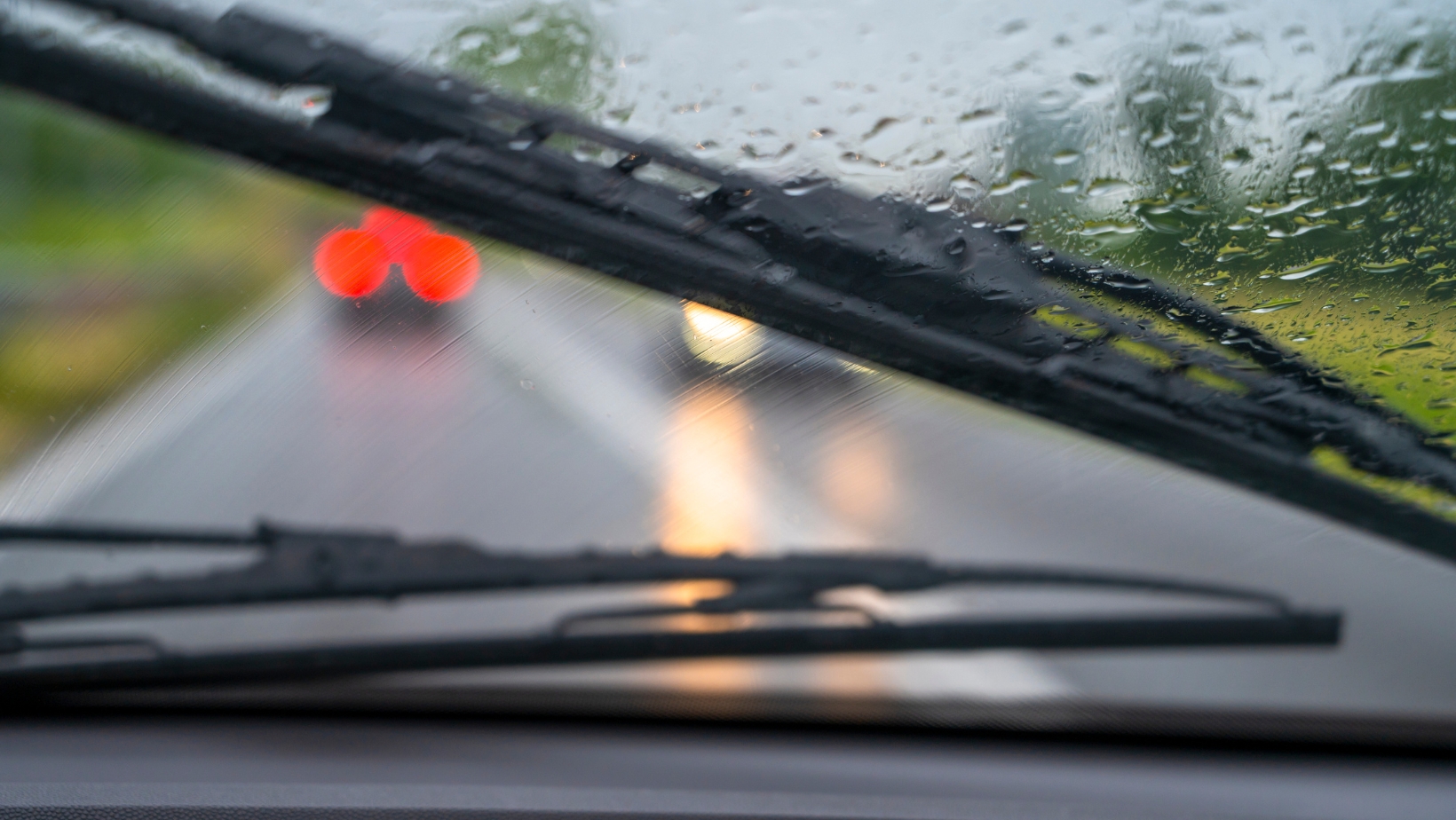Help Support Cork Safety Alerts – Donate the price of a coffee here via Stripe: https://csalert.ie/donate
With heavy rain and hazardous weather warnings becoming more frequent, it’s crucial for drivers to be prepared for challenging road conditions. Wet roads and reduced visibility increase the risk of accidents, making it essential to adapt driving behaviour to the conditions.
Here are some essential tips to stay safe while driving in wet weather:
1. Slow Down and Leave Extra Space Rain reduces visibility and causes road surfaces to become slippery. It takes longer to stop on wet roads, so reduce your speed and increase the distance between you and the vehicle in front. This gives you more time to react to any sudden hazards.
2. Turn on Your Lights Ensure your headlights are on to improve visibility, not only for you but also so other drivers can see your vehicle. However, avoid using full beams in heavy rain, as they can reflect off the rain and reduce your visibility.
3. Avoid Sudden Movements Abrupt steering or braking can cause your vehicle to lose control, especially on wet surfaces. Make smooth, gradual adjustments to your speed and direction to avoid skidding.
4. Be Wary of Aquaplaning Aquaplaning occurs when a layer of water builds up between your tyres and the road surface, causing a loss of traction. If this happens, don’t brake or steer sharply. Instead, ease off the accelerator and allow your car to slow down naturally until you regain control.
5. Avoid Flooded Areas Flooding can occur quickly during heavy rain. If you encounter standing water on the road, try to avoid driving through it. If you must, drive slowly and steadily to avoid stalling. Driving through water can severely damage your engine and electrics, so be cautious.
6. Check Your Tyres Tyres with good tread depth are vital for maintaining grip on wet roads. Ensure your tyres are in good condition and inflated to the recommended pressure. Worn tyres can significantly reduce your control in wet weather.
7. Use Your Windscreen Wipers and Defogger Maximise your visibility by using your wipers appropriately and setting your car’s ventilation system to prevent windows from fogging up. Clear visibility is key to safe driving in poor weather.
8. Be Mindful of Large Vehicles Lorries and buses can create significant spray that reduces visibility for nearby drivers. If overtaking, do so quickly and safely to avoid prolonged exposure to the spray. Additionally, large vehicles may have trouble stopping in wet conditions, so maintain a safe distance.
9. Plan Your Journey Before setting off, check the weather forecast and road conditions. If conditions are severe, consider delaying your trip or taking an alternative route that avoids areas prone to flooding or accidents.
10. Stay Calm in a Skid If your car begins to skid on a wet surface, stay calm. Avoid slamming on the brakes. Instead, steer in the direction you want the car to go and gently ease off the accelerator.
Driving safely in wet conditions requires caution and preparedness. By following these tips, you can reduce the risk of accidents and ensure you, your passengers, and other road users stay safe during heavy rain or adverse weather.

